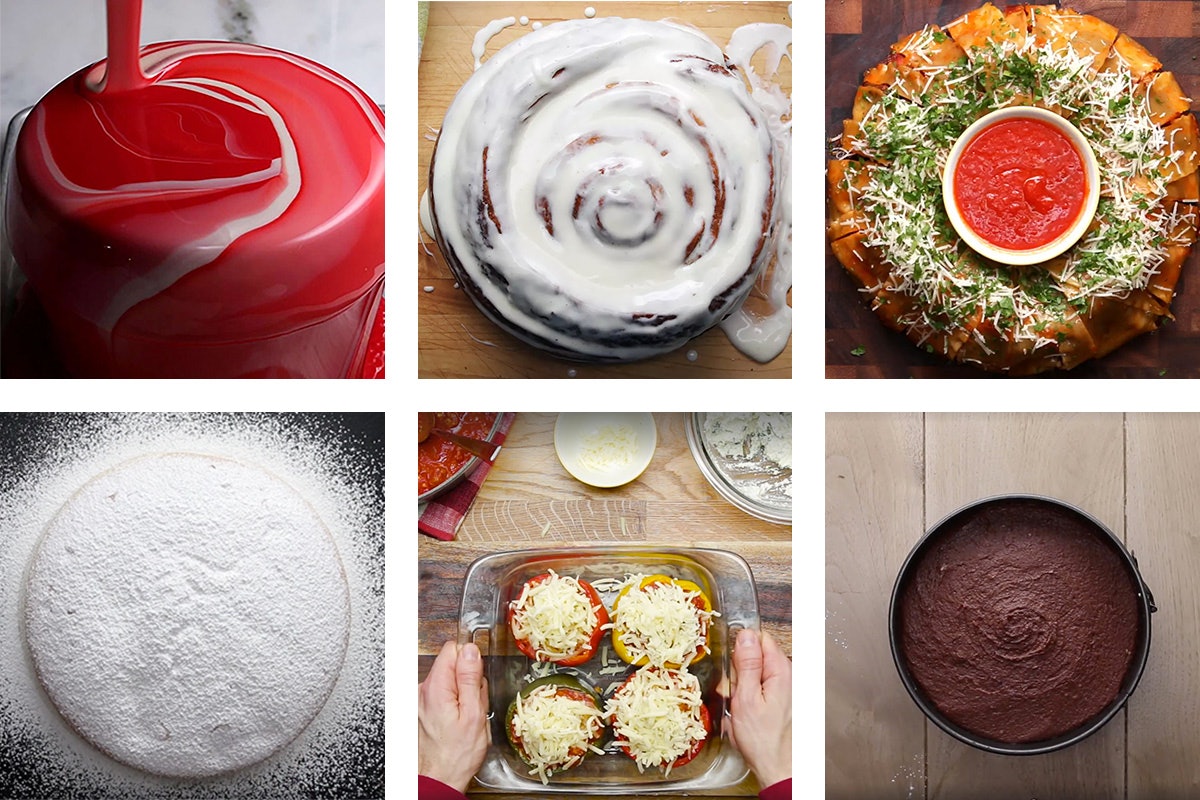


And unless you're Martha Stewart or Ina Garten, it's safe to say that rarely happens. After all, you probably only buy bread flour when you're baking bread. The Science / What We're Expecting : Ok yes, we know. Despite how soft they were, we just can't endorse this. This is most likely due to the fact that the flour was whole wheat - so the texture was a bit gritty. The problem is that they were absolutely hideous, with an inconsistent texture. The edges of the cookies, although brown, were not crispy at all. The Results: Much softer cookies - cakey without being overly aerated. The Test: Swap the 100% bleached all-purpose flour, originally in the recipe, for 100% whole wheat pastry flour. For this test, we used a whole wheat pastry flour, which seemed to be the most commercially available version of pastry flour. Therefore, while the aging process happens naturally and the unbleached flour lends a distinctive taste, the relatively low protein content ensures that mixing the dough will not result in the high gluten development that could lead to a tough cookie (no pun intended). With a protein content that falls around 8–9%, just between AP and cake flour, pastry flour is made wholly from soft wheat and left unbleached. The type that flakes apart or builds melt-in-your-mouth pie crusts and moist pound cakes with delicate crumbs. It's known for, well, exactly what you think it might be known for: producing light pastries. The Science / What We're Expecting : Pastry flour has a reputation. It is crispy on the outside and just slightly chewy in the middle. A solid cookie with a soft-yet-crisp texture that is reminiscent of childhood. The Results: Exactly as you would expect. (This is what is called for in the control recipe.) The Test: Use 100% bleached all-purpose flour in the cookie recipe. While it might not be the optimal solution, it's sure to give you a cookie you can rely on. The mix of hard and soft wheat essentially allows AP flour to be the most versatile. While some people claim that bleached flour carries less flavor and gives baked goods a slightly softer texture as compared to unbleached flour, the two are often used interchangeably for relatively similar results.

Bleached all-purpose flour (the specific variety we tested), however, uses bleaching agents to speed up the flour's aging process. The flour, milled from a combination of hard and soft wheat varieties with their bran and germs removed, has a moderate amount of protein - about 10–12%.

If a recipe calls for "flour," you can safely assume that all-purpose flour is what it's referring to. The Science / What We're Expecting : All-purpose flour (aka plain or AP flour) is the gold standard for baking. We used the classic Nestlé Toll House cookie formula as our base recipe and simply swapped out the flour, keeping the quantity the same.
#Best cookie recipes buzzfeed professional
We stuck to five of the most popular varieties and combinations of flours that professional bakers swear by, keeping all other variables constant. To better understand how flour can affect chocolate chip cookies - and why chefs like McGorman like to blend two different kinds together - we decided to test five batches of cookies and compare them in a side-by-side taste test. "I feel it provides a good internal structure and support for the larger chocolate chips I like to use while not being too dense." "I like all-purpose flour combined with cake flour," says McGorman. Her ideal flour for making chocolate chip cookies? A combination of cake flour and all-purpose flour. "Flour is very important," says Anna McGorman, director of culinary operations for Milk Bar. But don't discount the benefits of nutty whole wheat pastry flour or a superfine cake flour. It's ubiquitous and lets the flavors of the other ingredients shine. Most people stick to what they know best: all-purpose flour. There's variability, of course, and playing around with this key ingredient can make your cookies chewy, crispy, cakey, or extremely soft. Look closer, and you'll notice that it's also responsible for that signature shape and classic texture of a well-made chocolate chip cookie. Simply put, it gives the cookie structure. It's no secret that flour is one of the essential building blocks of a great cookie.


 0 kommentar(er)
0 kommentar(er)
